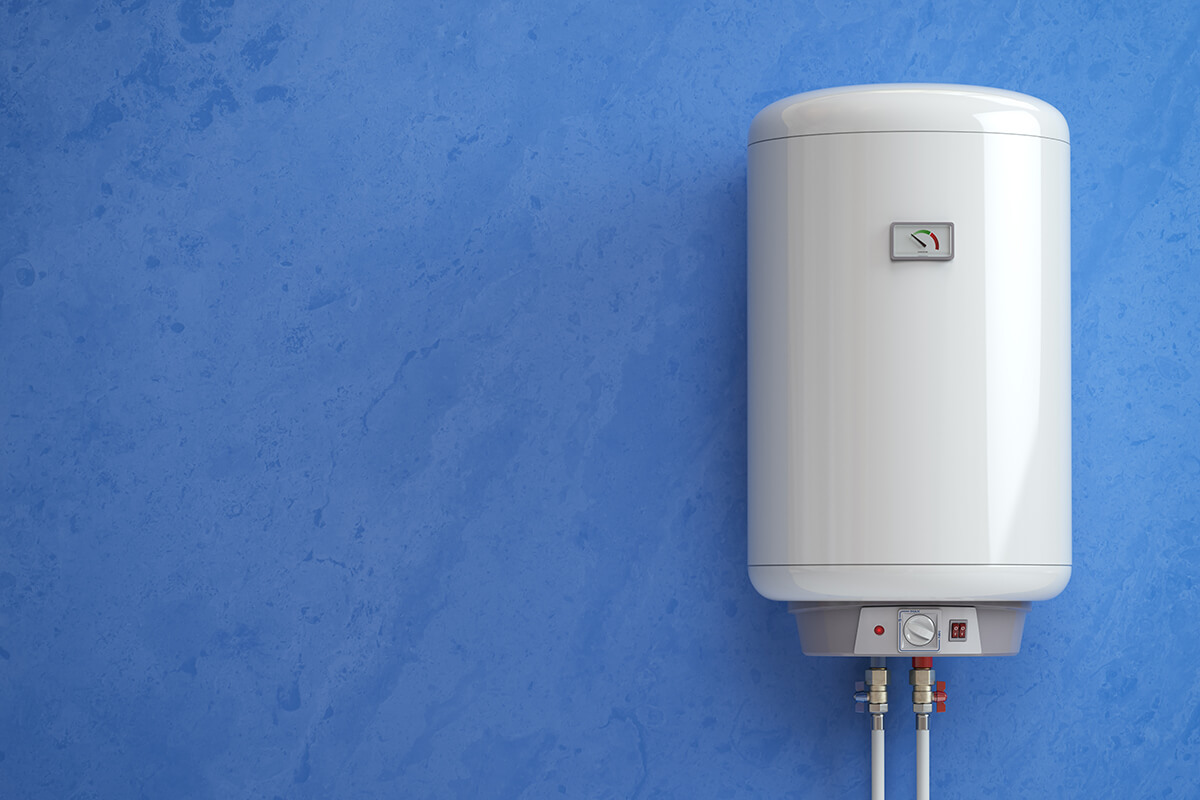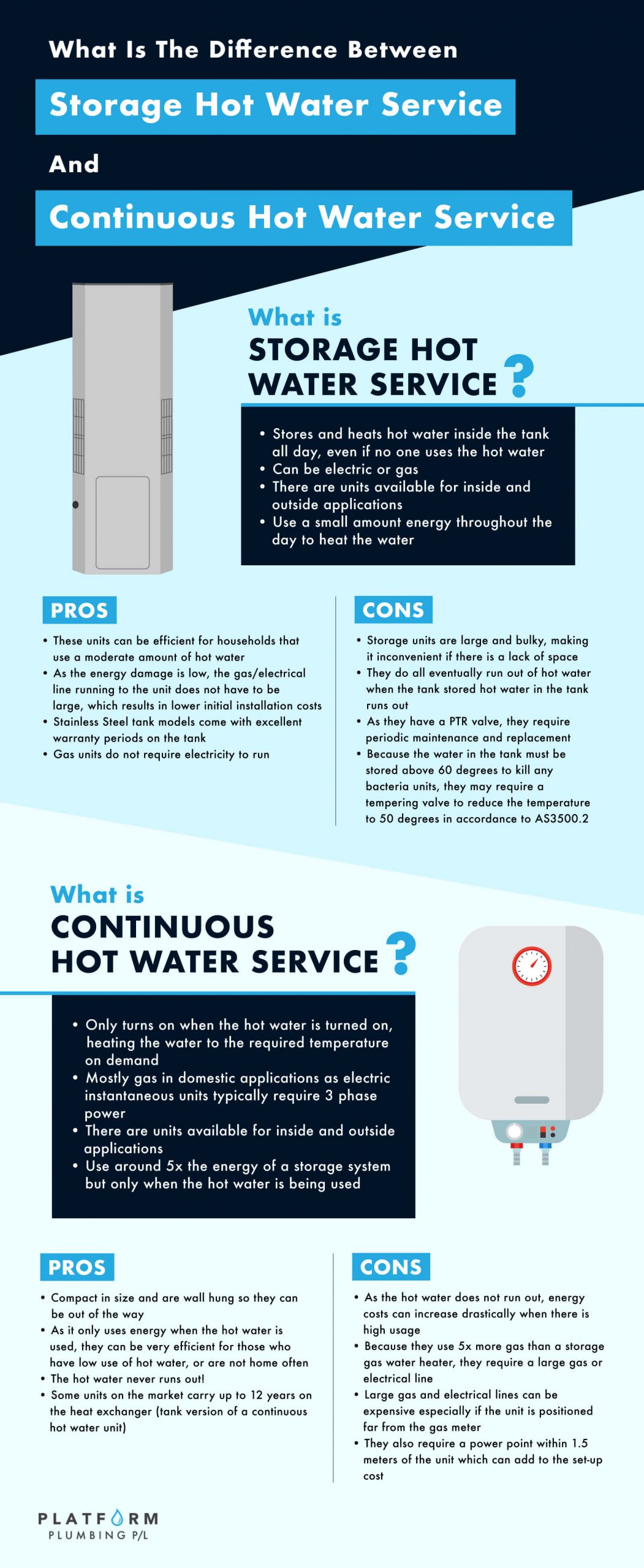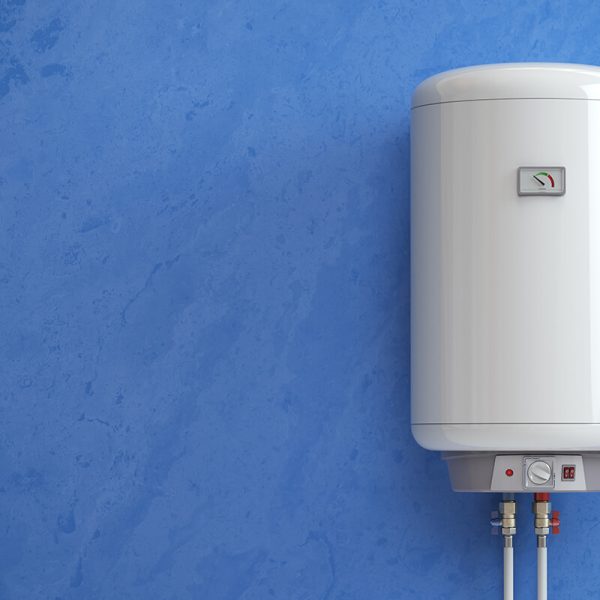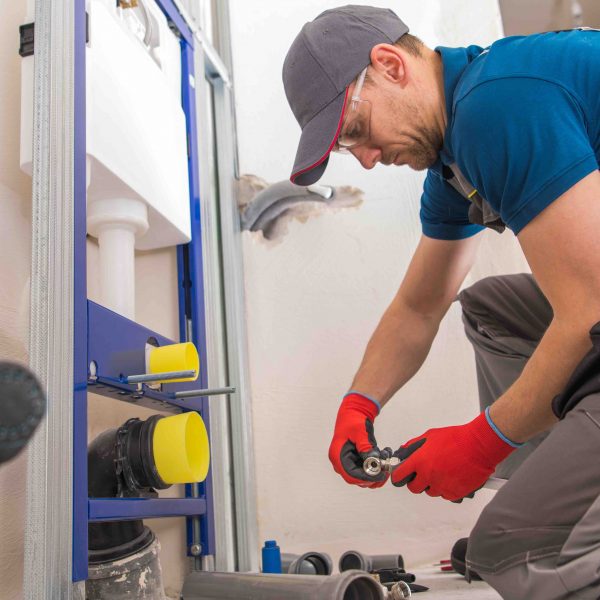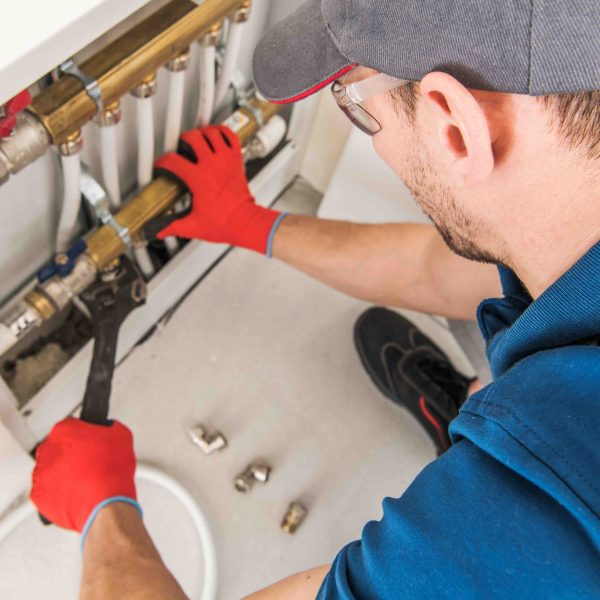Hot Water Services FAQ
There is water dripping from the open pipe on the side of my storage hot water service. What is this pipe and why is this happening?
- The pipe which you are referring to is the PTR valve, which stands for Pressure Temperature Relief valve.
- The function of the PTR valve is to relieve excessive water pressure in the tank so that it doesn’t explode.
- Excessive pressure can build in the tank if the following happens:
- The mains pressure is too high
- The water expands excessively when heated.
- It is normal it to drip slightly when the water in the tank is being heated.
- If it is dripping all the time, give our local Melbourne plumbers a call and we can come out to change it over.
- If you have high water pressure, we may recommend that a pressure limiting valve is installed. This will also prolong the life of your hot water service.
- It is good practice to have the valve changed every 5 years for safety reasons.
How long do hot water services last?
- On average, most hot water services last around 10 years
- This varies depending on the application of the hot water service
- We have seen hot water services last in excess of 20 years!
I am looking for a new hot water service. Which ones should I buy?
- The two main types of domestic hot water services on the market are storage and continuous.
Storage hot water service | Continuous hot water service |
|
|
Pros
| Pros
|
Cons
| Cons
|
My hot water in the shower goes hot and cold without me even touching the taps. Why is this so?
- The most common cause of this issue is the tempering valve.
- Tempering valves are installed to hot water services and hot water ring main (usually in apartment blocks) to reduce the temperature, before it gets to the shower or faucet. This is so that it complies with AS3500.4 Clause 1.11.2, that hot water delivery shall not exceed 50 degrees, for sanitary fixtures for those who are not young or disabled.
- Over time, tempering valves can become faulty and the internal mechanism cannot maintain a consistent delivery temperature.
- They should be checked for proper function annually and replaced when they can no longer hold a steady temperature.

